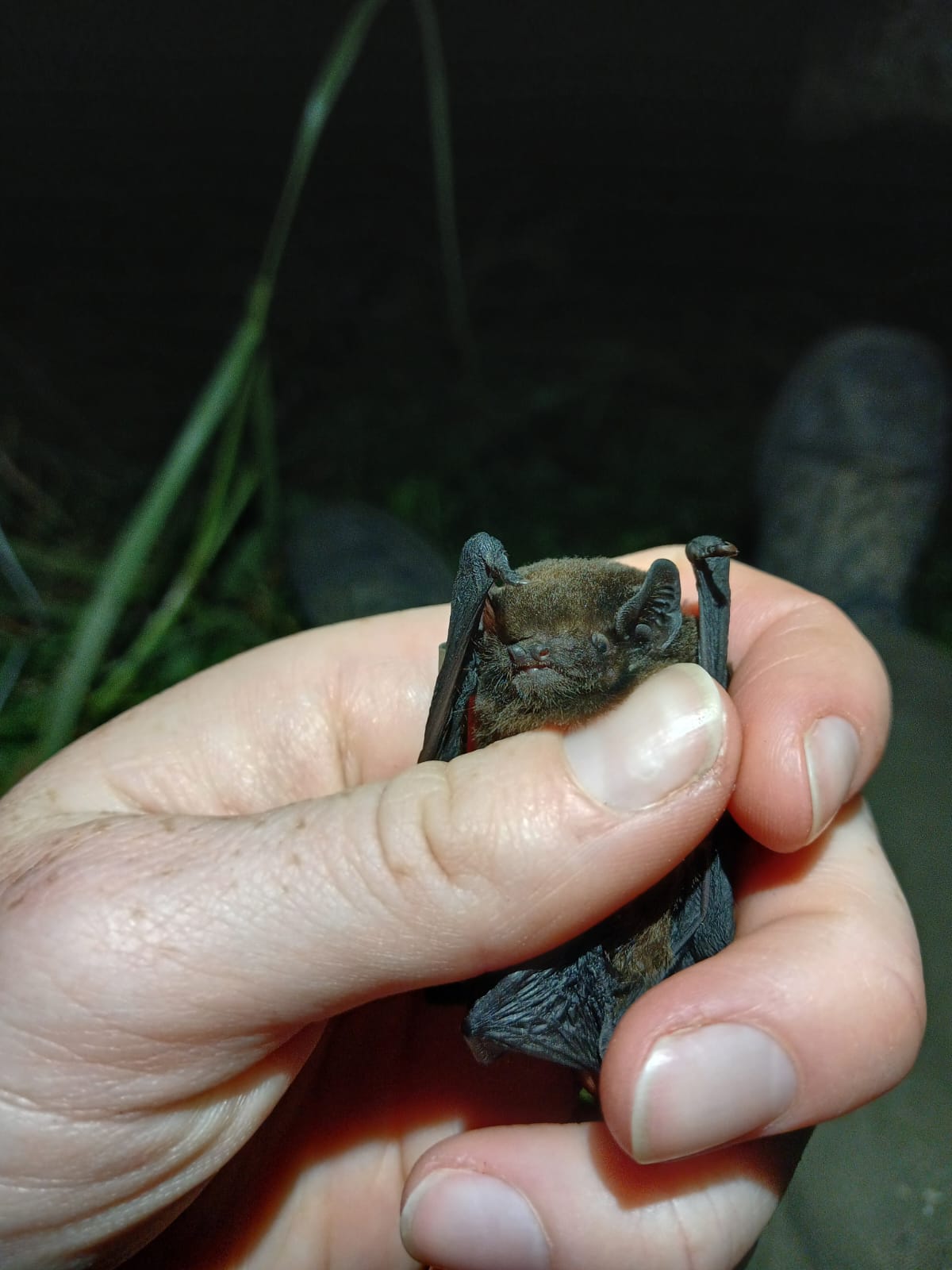Pekapeka project enters new phase
Te Hoiere Bat Recovery Project is entering an exciting new phase.
Over the past three years, the project has made significant progress in predator control, habitat restoration, and bat monitoring. Through extensive weeding, planting, and maintaining a strong trapping network, it has helped restore important habitat for the long-tailed bat (pekapeka-tou-roa) and other native wildlife.
Returning Project Manager Daria Erastova says with this foundation in place, the focus for the next few years will shift to scaling up predator control, primarily in the public reserves home to bats, with the goal of expanding onto private land through landowner engagement.
“Our aim is to reduce predator populations to levels that allow native wildlife, especially long-tailed bats, to recover and thrive. To achieve this, we will implement an intensive predator management strategy, closely monitoring predator populations to assess the effectiveness of control measures while maintaining a strong trapping network and, if necessary, using targeted toxin applications to keep predator numbers low,” she said.
Alongside predator control, seasonal bat monitoring will continue, with the next round scheduled to begin in December 2025.
To support this next phase, the project is currently recruiting a Predator Control Officer who will maintain and expand the trapping network while supporting volunteers in their conservation efforts.
“I will be working hard to secure additional funding to ensure the continued growth and impact of the project. With these efforts underway, the future looks bright for Te Hoiere Bat Recovery Project, and we look forward to sharing more updates as the work progresses,” Daria said.

Alongside enhanced predator control, seasonal bat monitoring will continue.

